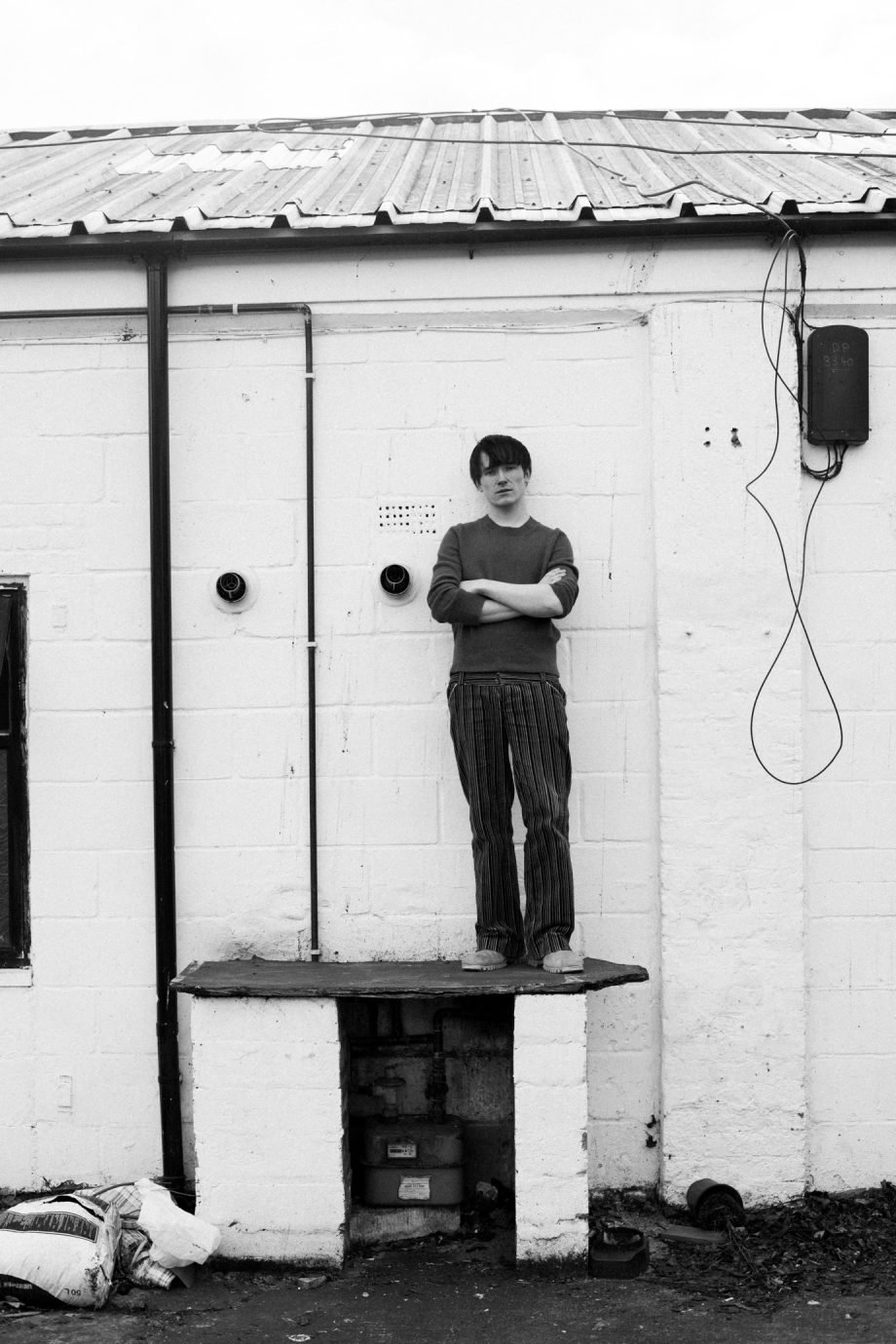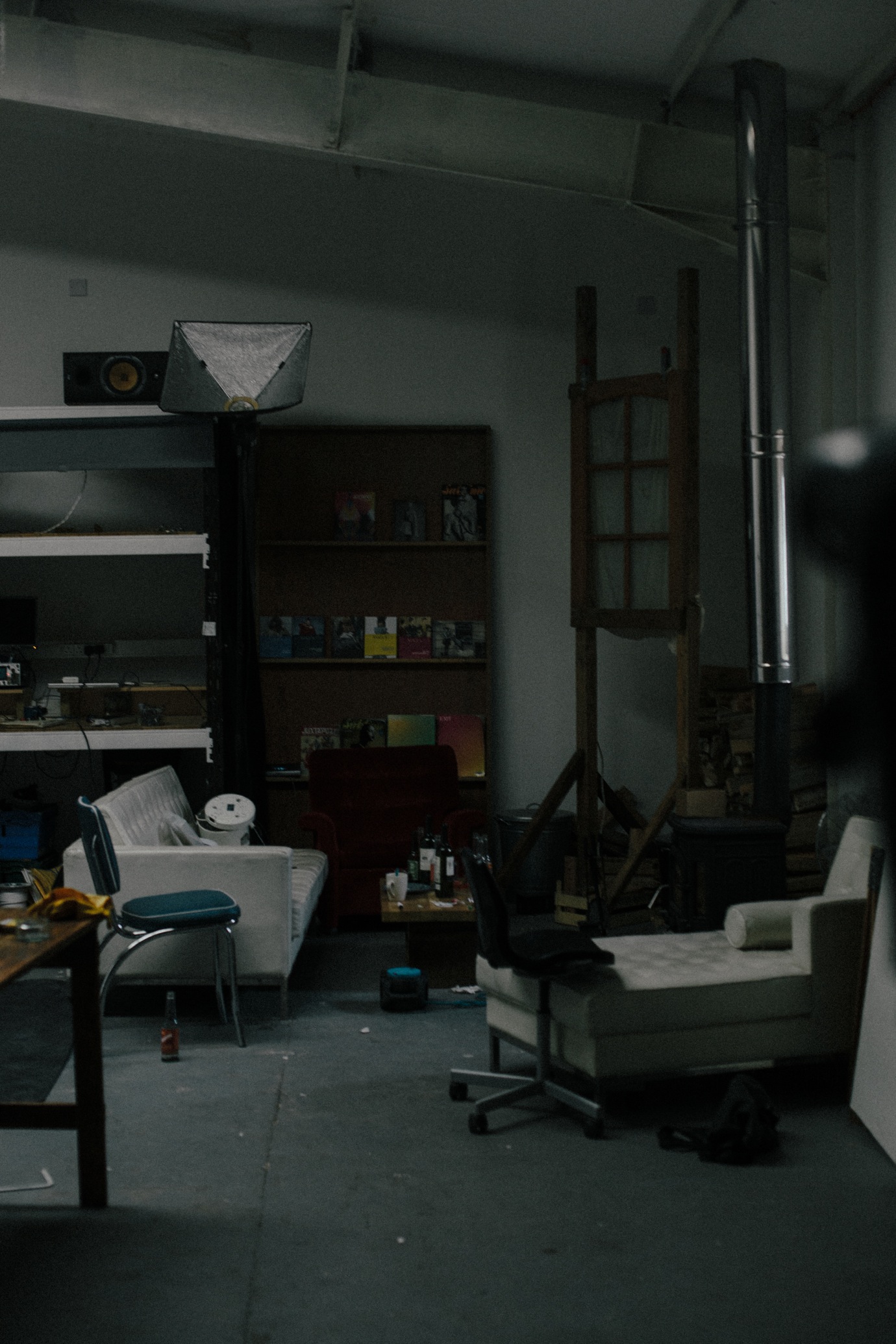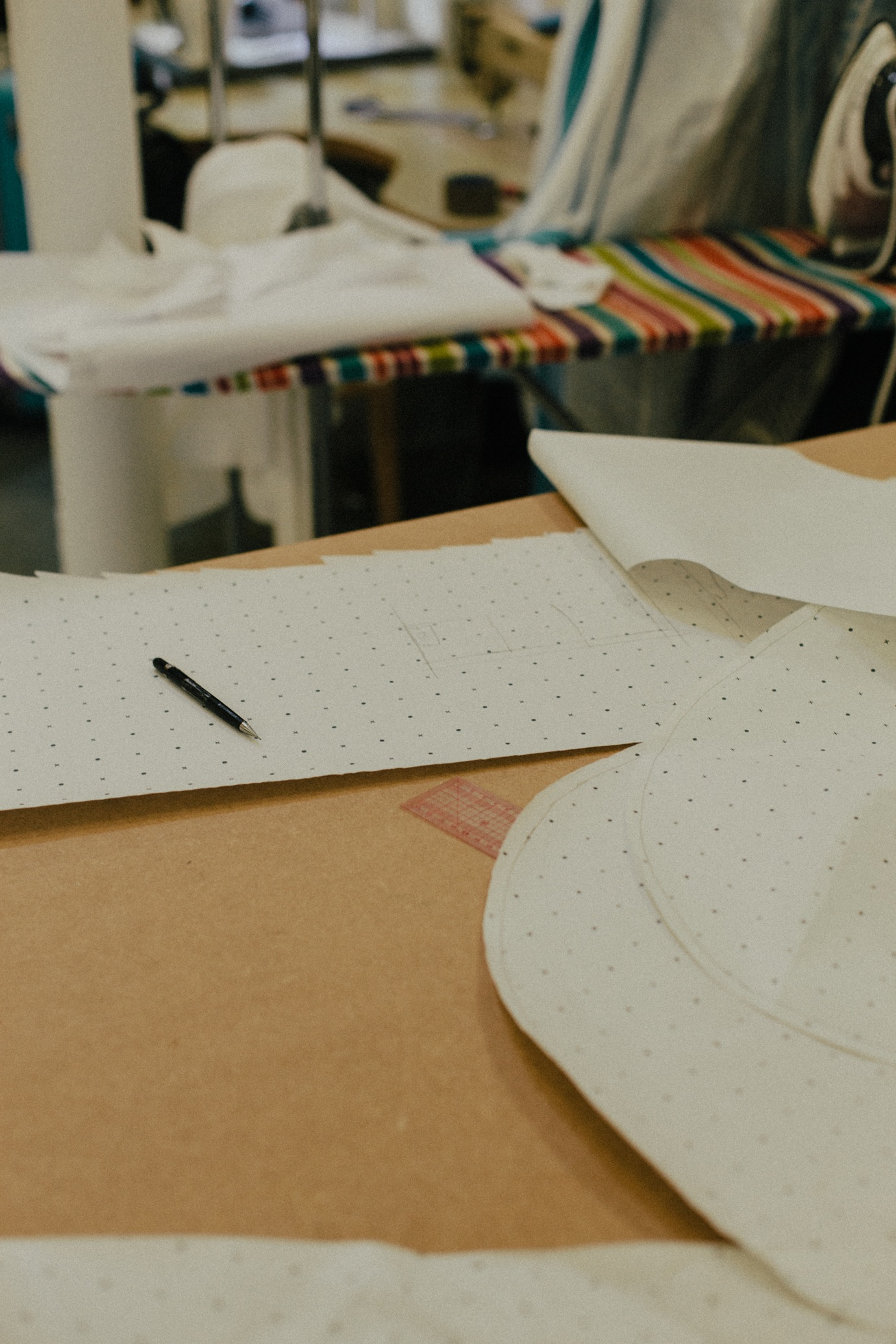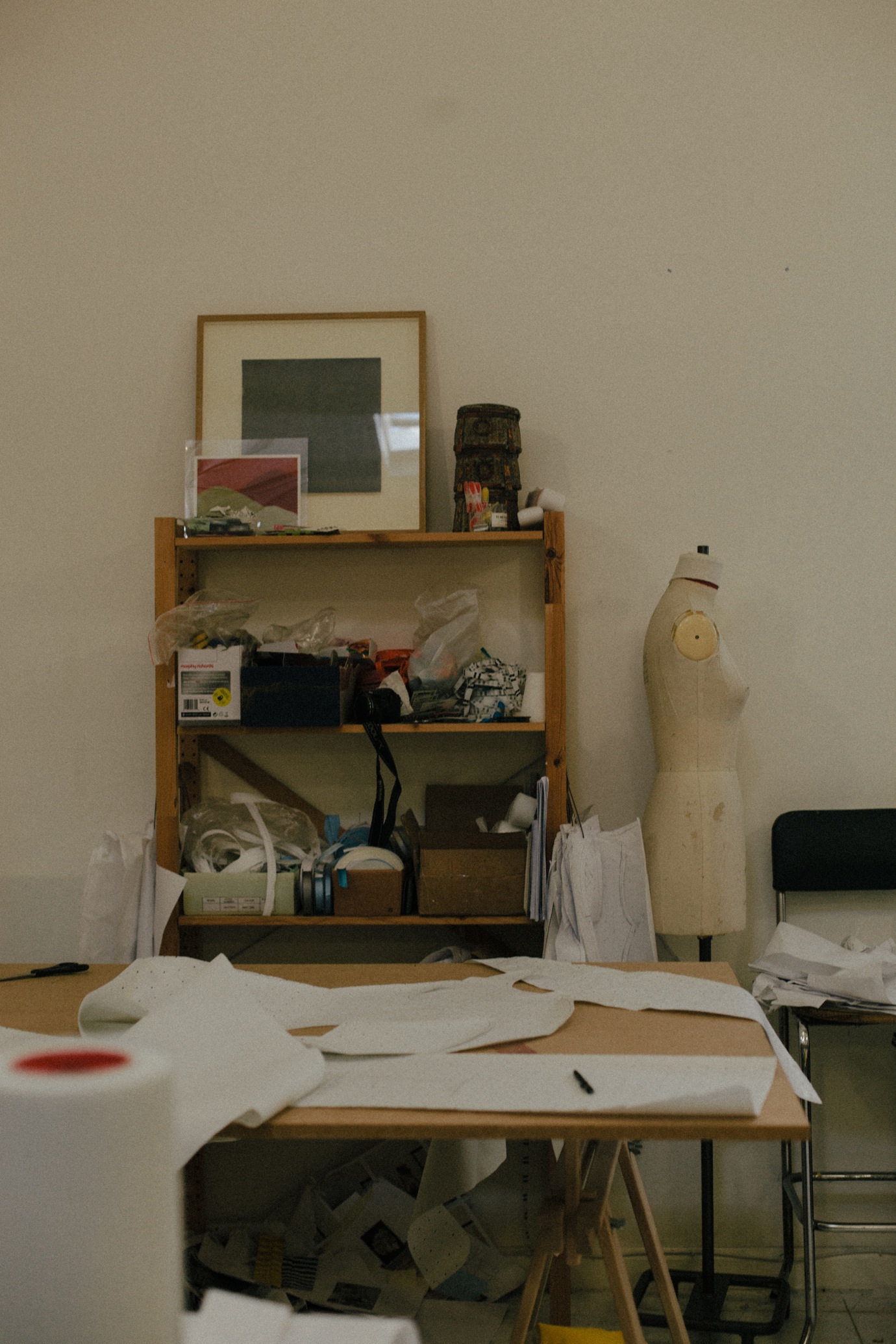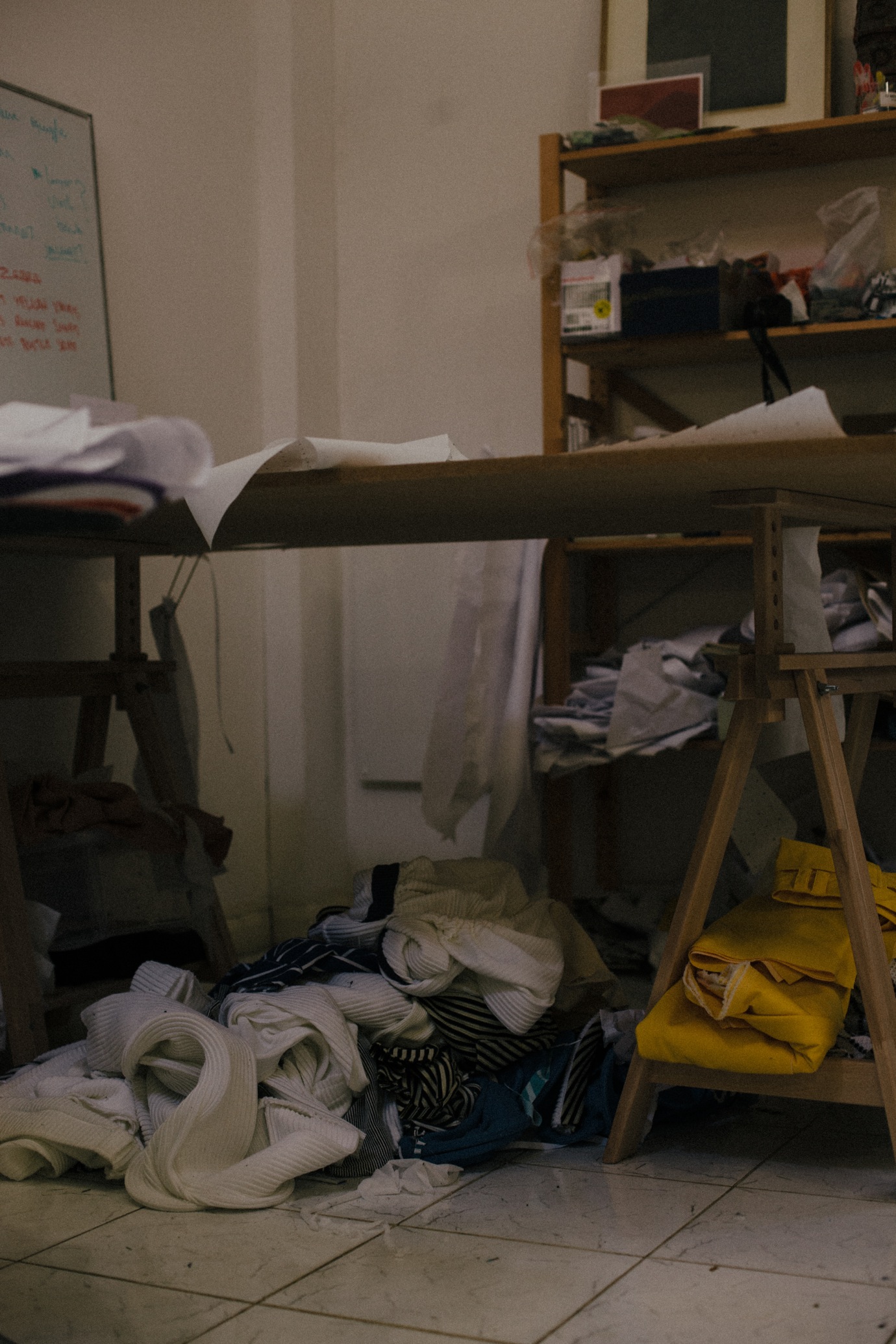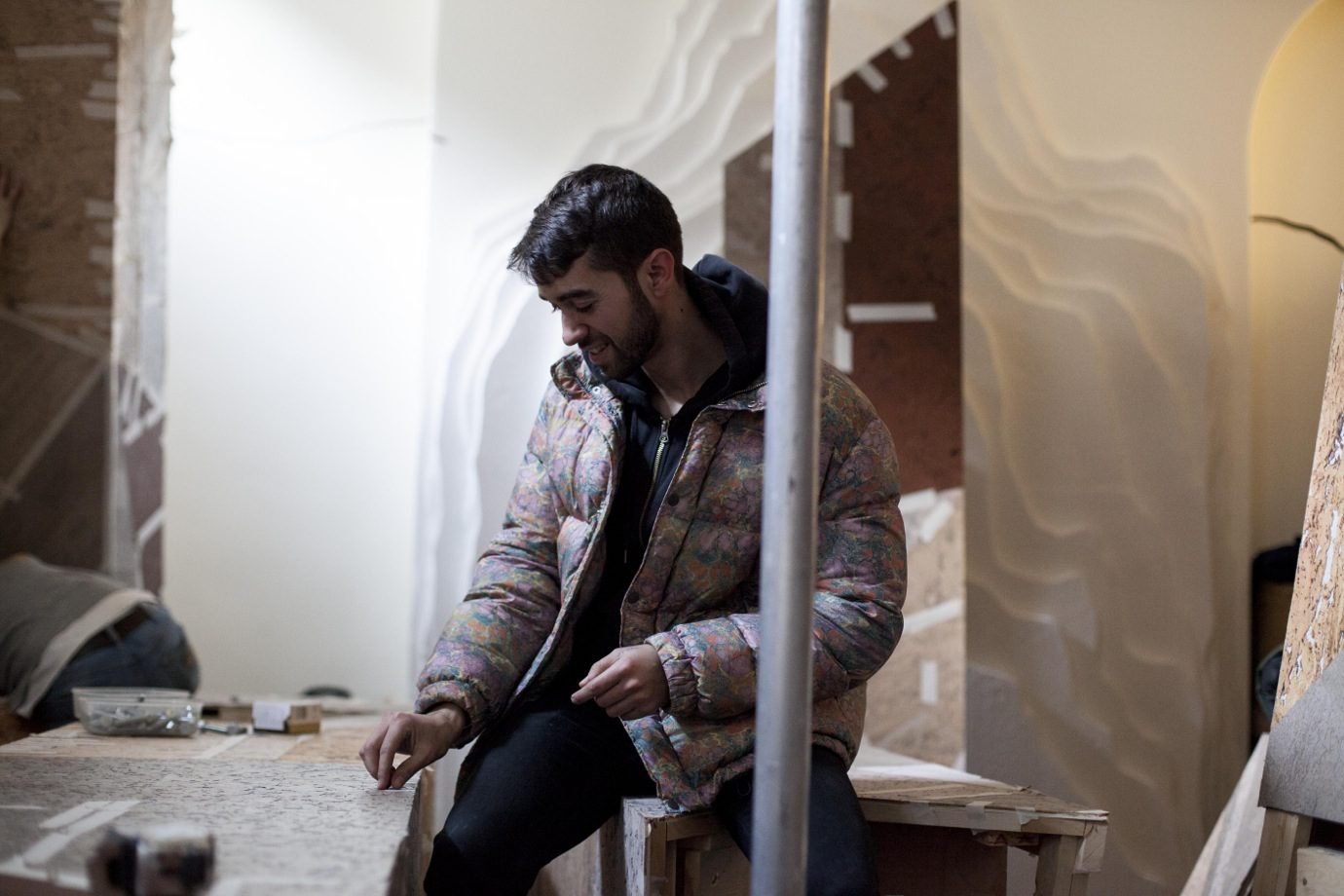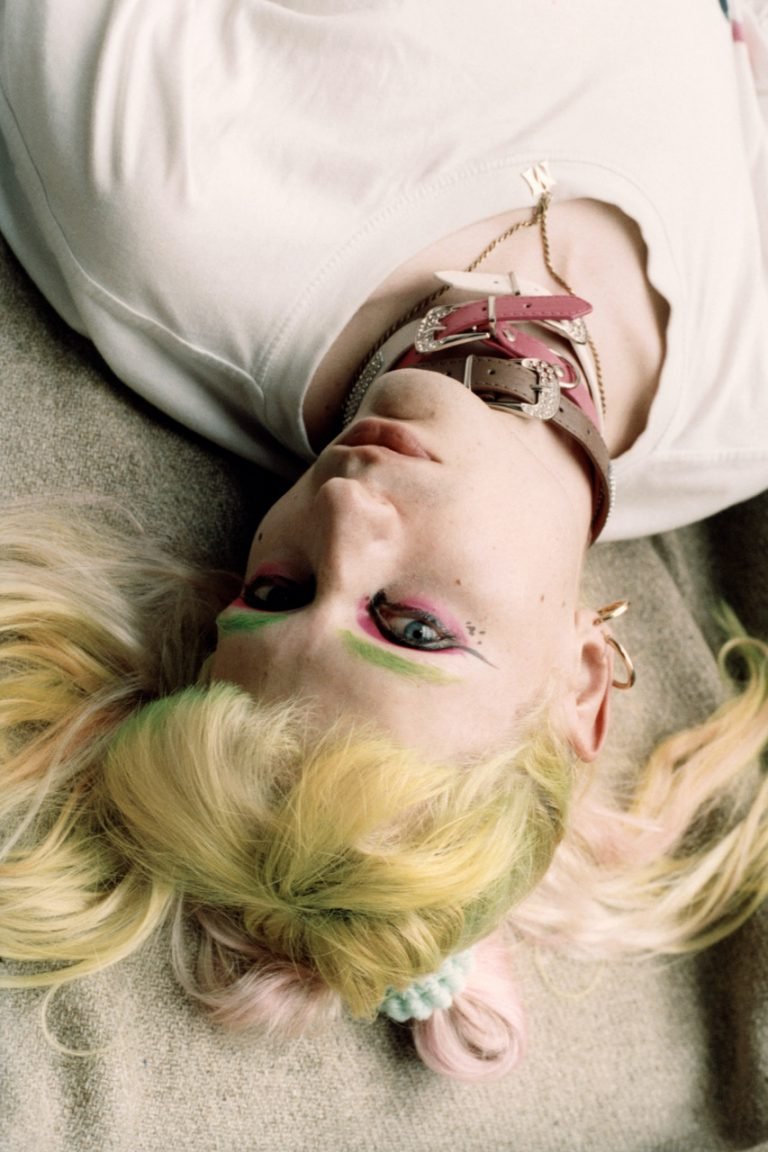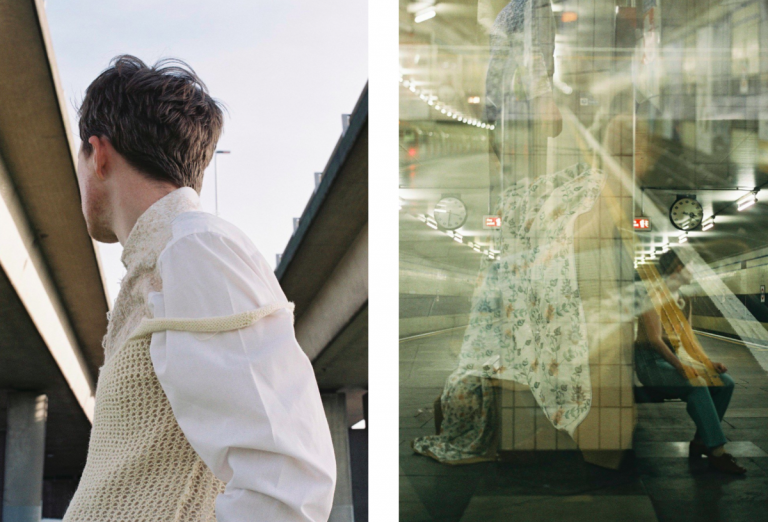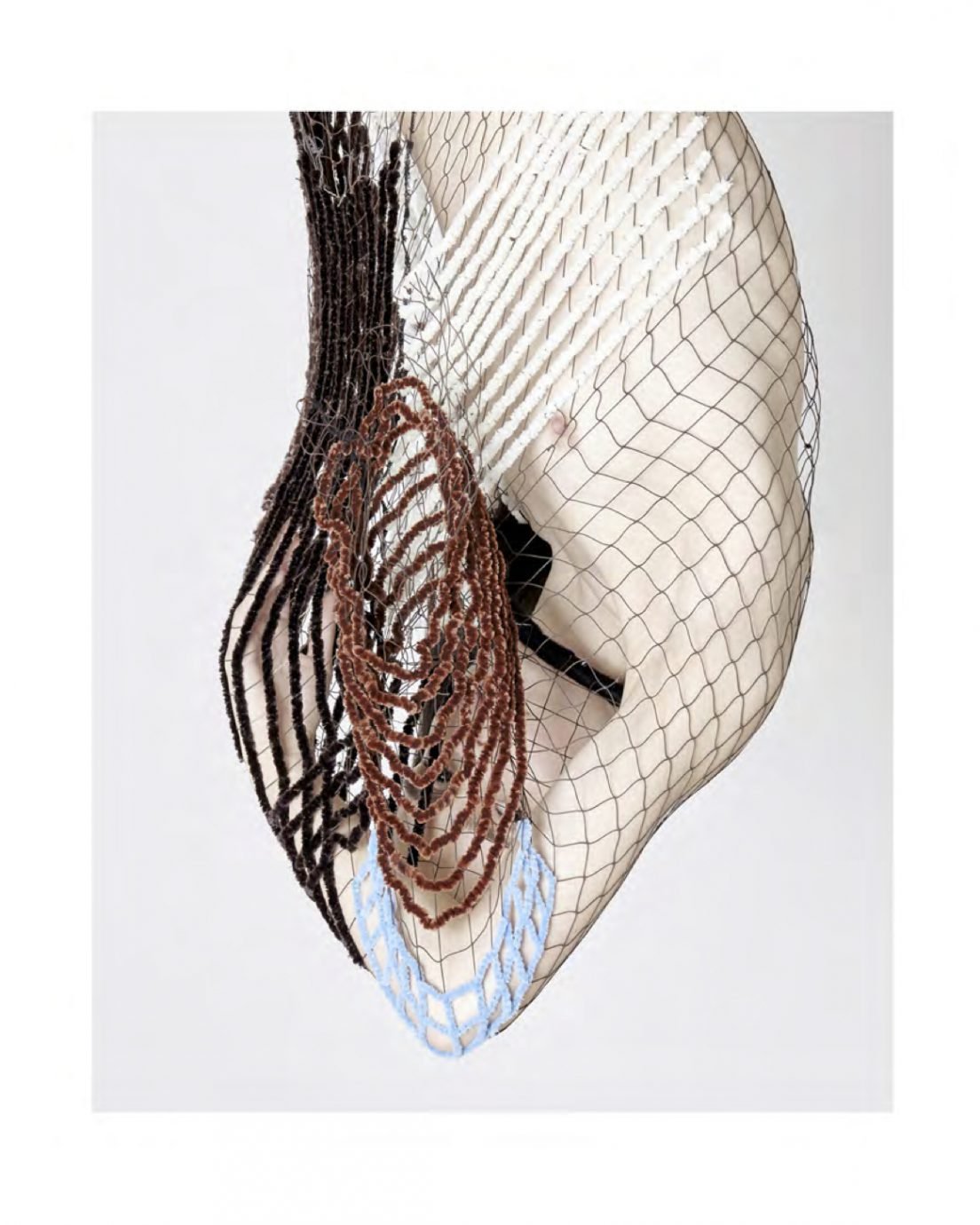“I THINK THERE ARE A LOT OF INTERESTING NARRATIVES IN IRELAND THAT PEOPLE OVERLOOK, BECAUSE IT’S SUCH A SMALL PLACE, BUT THERE IS ACTUALLY SO MUCH TO DO WITH IDENTITY AND DRESS THERE IN TERMS OF CODES.”
Resisting this structure entirely, is Richard Malone. The Irish designer, who graduated from Central Saint Martins BA Fashion Womenswear in 2014, is headstrong in his approach to embody groups that have been underrepresented and misrepresented, by giving them a voice, not merely through his designs, but also through himself as a designer. His A/W 2016 collection was presented in the Duveen Galleries at the Tate Britain, as part of his second appearance for Fashion East. The collection incorporates a series of references drawn from events that have taken place in Malone’s own life, and his personal experiences. One of its starting points began with the occasion of the designer’s Holy Communion, when his godmother arrived at church with a shaved head, dressed in a zebra-print dress to reveal her Celtic tattoos and combat boots. Enthralled by her approach to femininity and her fearless individuality, the two combined served as an inspiration to the collection. Speaking about his experience and response to the situation, Malone tells us that, “when you’re making your communion or whatever, it is something that is very forced in Ireland. I’m not from Dublin, I’m from literally in the middle of nowhere,” (the designer hails from Wexford) “so when you do a communion it’s quite a forced thing and everyone is quite conservative. Even in working class communities, the environment is very conservative. Everybody wears a suit or a waistcoat, and then to see my auntie rock up like that, I thought it was absolutely amazing,” he tells us. “I remember it being a really strong memory in my mind, because she really is just such a strong woman. She was so on it, and even when I look back on the pictures now, I think she’s absolutely amazing.”

